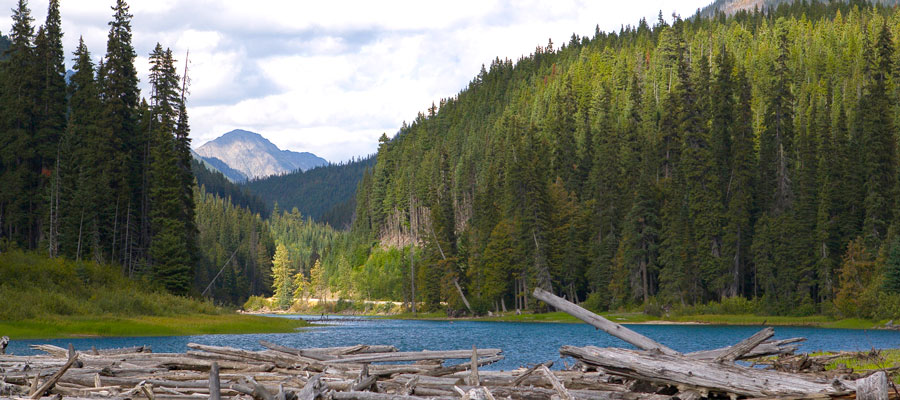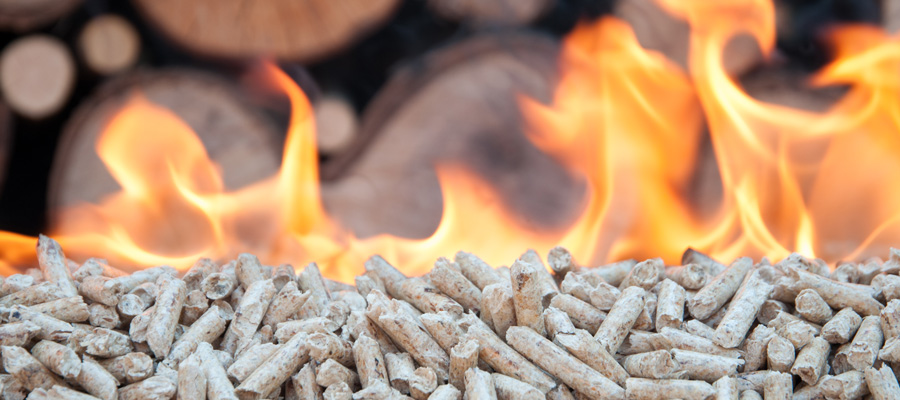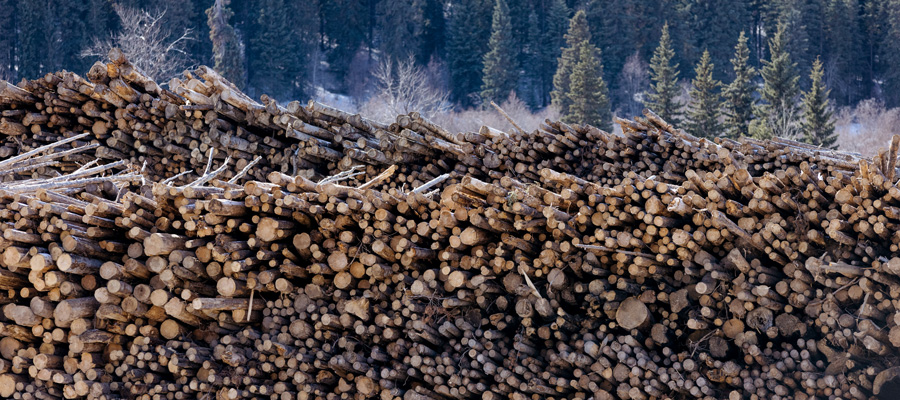Political leadership needed to revitalize BC’s forestry industry

During the last provincial election not a day seemed to go by that Premier Christy Clark wasn’t donning a hardhat and promising us a brighter economic future built around a new Liquefied Natural Gas industry.
Thousands of new jobs, steadily increasing royalty payments and taxes, and a resurging rural, resource-based economy all awaited us, the Premier promised.
Today, LNG is an even more fleeting possibility than it was then. And the tragedy is that four lost years later our government has let its management of our forests and forest industry languish in direct proportion to its love affair with a non-renewable, climatically disastrous fossil fuel.
Four lost years later the BC government has let management of our forests and forest industry languish in direct proportion to its love affair with a non-renewable, climatically disastrous fossil fuel.
In 20 years, nearly 100 BC sawmills have closed their doors. Meanwhile, every year we witness the exodus of millions of raw, unprocessed logs from our shores to the benefit of workers in China and the United States.
It shouldn’t be this way. Our government has the means, but apparently not the will, to revitalize our province’s forest sector. And it need look no further for inspiration than the University of British Columbia where one of the world’s tallest mass-timber buildings – an 18-storey student residence – is being erected.
Structurlam, a BC forest industry success story, was the maker of many of the wood products in that building. The Okanagan-based company sells its output not only here but also in China. Yet Structurlam has no equivalent on BC’s coast, where today’s forest industry product of note looks much like it did in 1778 when Captain James Cook sailed into Nootka Sound on Vancouver Island’s west coast: big trees turned into big logs.
This is about as far from a sustainable future as one can get. And it is why forest industry workers, environmentalists, community activists, and First Nation leaders gathered this summer in the once bustling coastal forest industry capitol of Port Alberni to stage a protest. They came together united in the belief that raw log exports are a scourge that left unchecked will cripple efforts to both diversify our forest industry and protect more forests.
On the BC coast, today’s forest industry product of note looks much like it did in 1778 when Captain James Cook sailed into Nootka Sound: big trees turned into big logs. This is about as far from a sustainable future as one can get.
Today, the community on central Vancouver Island is a shadow of its former self. Only two large sawmills remain. Between them they consume nearly 460,000 cubic metres of logs, while turning out nearly 221 million board feet of lumber. But that’s easily dwarfed by the more than 760,000 cubic metres of raw, unprocessed logs advertised for export that originated in the Port Alberni area in 2015.
Province-wide that year, close to seven million cubic metres of raw logs were shipped offshore. Our loss was China’s gain – enough wood to frame 165,000 homes or roughly half of Vancouver’s detached housing stock.
The tragedy on our coast is that dozens of sawmills have closed. Of those that remain, many process trees from old-growth forests, an increasingly rare resource that more and more people, including conservative business-minded associations like the BC Chamber of Commerce say should be further protected.
Meanwhile, millions of unprocessed second-growth logs that could anchor a revitalized coastal forest industry are loaded onto freighters and shipped away.
And here’s the rub: Michael Green, Vancouver’s award-winning architect and an enthusiastic tall wood building promoter, says that the wood fibre from younger trees is actually a great choice for the kind of engineered wood products that make those UBC buildings possible.
And here’s another: The cost of building new state-of-the art sawmills and other wood manufacturing plants is perhaps $100 million, not the tens of billions needed to build LNG plants and gas pipelines.
Getting such mills built is possible – with political leadership.
Our government has the means, but apparently not the will, to revitalize BC’s forest sector. Building new state-of-the art sawmills and other wood manufacturing plants would perhaps cost $100 million not the tens of billions needed to build LNG plants and gas pipelines. What’s needed is political leadership.
For a start, the province should signal that it will sharply increase the fees that are levied on companies that export raw logs.
Then it should explicitly earmark a portion of coastal second-growth forests for new joint-partnership tenures where First Nations and would-be mill investors work together to build new manufacturing facilities.
If even one or two such mills were built we could actually increase forest industry employment while reducing the pressure to log the last of our old-growth forests. The only thing standing in the way of that happening is a lack of political will.
–
This piece was originally published in the Victoria Times Colonist.
Topics: Climate change & energy policy, Environment, resources & sustainability


